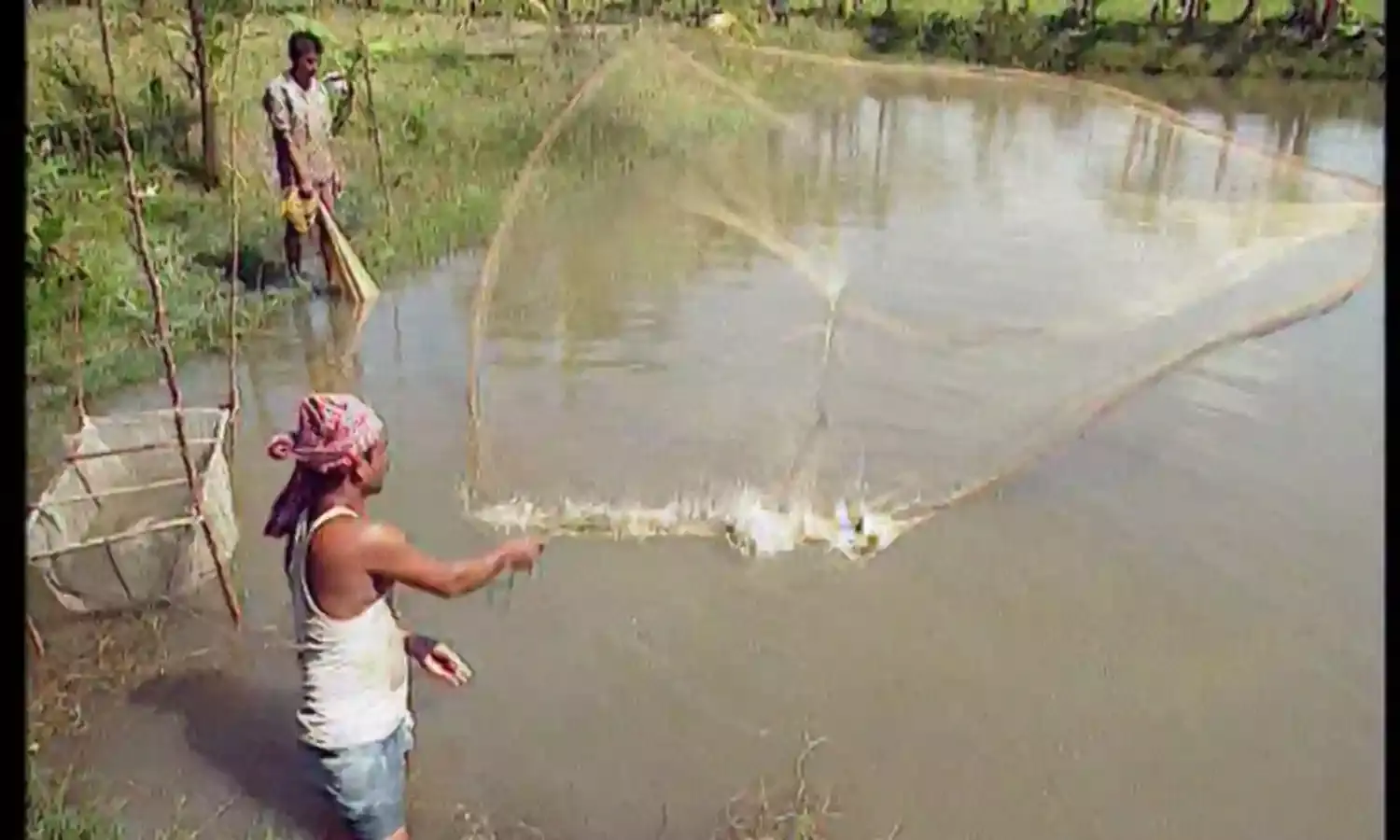Bangladesh’s Blue Revolution Opens Up New Avenue for Developing Countries
Small scale sector has not been neglected

It is well recognized that Bangladesh has been vigorously executing large scale development projects to maintain its phenomenal growth rate of 8.2%. What is less known is that its small scale sector has not been neglected and that this sector is also pulling itself by the bootstraps to be a major player in the country’s economic development.
“Bangladesh's fishery sector has proved that poverty reduction and rural development are possible without major development plans and infrastructure projects,” writes Iftekhar Mahmud in Prothom Alo quoting researchers at the International Food Policy Research Institute (IFPRI).
“Creative initiatives of small farmers, government’s supportive policy and the innovation of scientists are key reasons behind the success of the fisheries sector,” Mahmud says succinctly.
Bangladesh is now the fifth biggest aquaculture producer in the world, says an FAO report titled “The State of World Fisheries and Aquaculture 2018”.
According to a series of studies conducted by the IFPRI, Bangladesh is leading the world in growing fish in ponds. In fact, 56% of the fish harvested in Bangladesh are grown in ponds. IFPRI calls it ‘Blue Revolution’.
The fishery sector contributes 3.57 % to Bangladesh’s GDP. As per governments’ figures, the total fish production in Bangladesh in 2017-18 was about 4.2 million tonnes. Of this, 2.4 million tonnes came from pond fish farming. Contrast this with pond fish production in 1983-84, it was only 178,000 tonnes. It is now estimated that the production of fish will reach 5.02 million metric tonne by 2020-21. In another interesting statistic , the total production of fish in Bangladesh has increased six fold in the last 34 years and production in ponds has increased over 12 times.
Wide Impact
About 18 million of Bangladesh’s 164 million people are involved in fish farming and related businesses. Nearly 23 % of the “working population” of the country are linked to the fishery sector directly or indirectly.
The fishery sector ranks among the top three factors contributing to poverty reduction in Bangladesh, Mahmud notes. Fishery has also helped improve the general nutritional level in Bangladesh. The per capita consumption of fish, which was 7 kg per year, is now 30 kg per year, thanks to the ‘Blue Revolution’. Approximately 60 % of animal protein that Bangladeshis presently consume every day, comes from fish, a former Minister of Fisheries, Narayon Chander, said. According to the Bangladesh Bureau of Statistics (BBS) the country's per capita fish consumption -- about 63 grammes per day -- has exceeded the required daily demand.
Over the last couple of decades, many of Bangladesh’s rivers have dried up. With less and less river fish and a growing population, consumption of cultured fish has risen, says Dipa Sultana, Junior Associate at Light Castle Partners,
Shahidur Rahman, Director (South Asia) of IFPRI, goes a step further and declares that the revolution in Bangladesh's fish farming has changed the economic development narrative in the world.
“Fish farming is more profitable than rice cultivation. Only two to three tonnes of rice grow on an acre of land while nearly 40 tonnes of fish can be produced in a pond on the same size of land,” Rahman told Prothom Alo.
Success On Export Front
The fishery sector has been registering significant successes on the export front. in 2013-14, Bangladesh exported 77.33 thousand MT of fish and fisheries products. In FY 2016-17, exports notched 68.31 thousand MT of fish and fisheries products.
Shrimp is one of the major export items in Bangladesh, she points out. Total shrimp and prawn production, including capture (not cultivated), has increased from 160,000 MT in 2002-03 to 246,000 MT in 2016-17. The EU and USA accounted for 80% of the shrimp international market in 2015.
Fish farming in ponds has increased rapidly in 24 districts of the country, according to Mahmud. The highest increase was in Bogura, Sirajganj, Rajshahi, Rangpur, Mymensingh, Gazipur and Netrokona. And government too has put its shoulder to the wheel.
“As many as 60 methods for fisheries and management technologies have already been developed by Bangladesh Fisheries Institute. The fisheries department is providing services and technology to fish farmers,” Mahmud says.
Popular Varieties
Among the popularly grown fish are: Rui (or roho labeo/Labeo rohita), Tilapia and Pangash. Rui belongs to the carp family. It was the most commonly cultivated fish in Bangladesh two years ago. Rui is enriched with protein, Omega 3 fatty acids and vitamins A, B, and C. But cultivation of Tilapia and Pangash has increased now.
Tilapia is ideal for farming because it tolerates crowded ponds, grows quickly and consumes a cheap vegetarian diet. These qualities make Tilapia a relatively inexpensive product. Its vitamin and mineral content is impressive. Tilapia is rich in niacin, vitamin B12, phosphorus, selenium and potassium. But the downside is that it is fatty. Pangash fish or Pangasius bocourti sells well in the international market. In recent years, the cultivation of developed varieties of colored Koi fish has increased.
According to Dipa Sultana, with an increasing demand for protein and a decline in “capture fisheries” production, aquaculture is shifting towards “intensification”. The industry is shifting from extensive to intensive production.
But intensive pond production could bring in diseases, which would in turn need the use of medicines and chemicals. Mahmud says that the chemicals used in keeping fish ponds clean could harm the fish. There would be a greater and greater need for advisory services in aquaculture. The fish feed market would also boom.
“However, as the country becomes more prosperous, protein intake from fish based diet would get precedence, mainly due to their perceived health benefits,” Sultana says.



